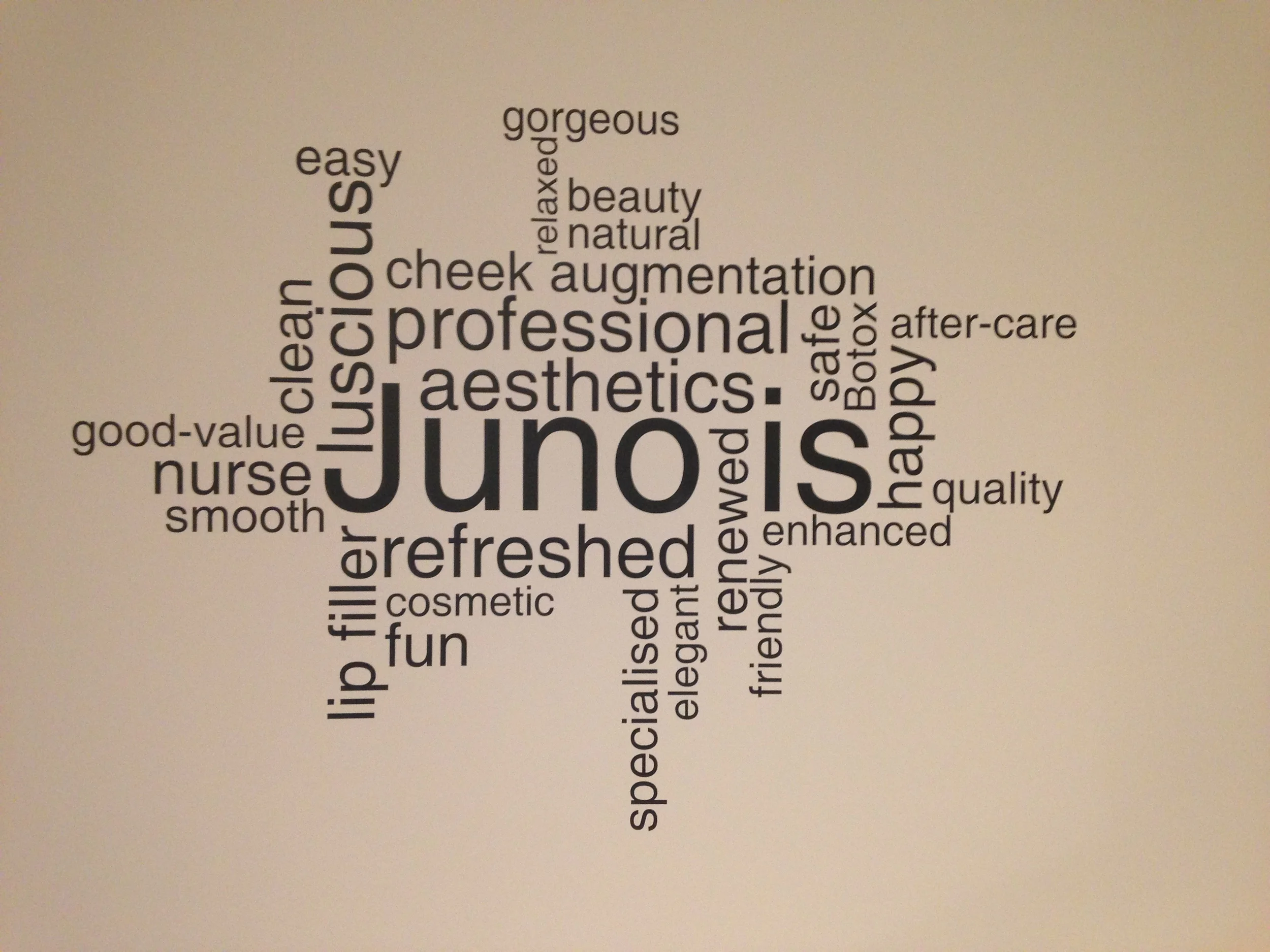It has been lovely to recently have some new clients express an interest in lip filler injections. At our consultation, I will take a medical history and advise you of the risks and benefits of the procedure before making a recommendation of the most appropriate lip filler product for your requirements. However, I cannot predict how your body will react to the product and the procedure. You will have a safer, more informed and stress-free recovery if you are aware of the commonly occurring and rare complications. With this in mind, I ask you to consider...
Preparation for Lip Filler Injections
Do not take aspirin/ibuprofen the week before a treatment.
Consider using arnica in the week before your treatment.
Do not exercise beforehand.
To prevent blood pressure from being high - try to stay calm.
Have the lip area clean and make up free - avoid using make up for at least 4 hours after your treatment.
Complications
Injections are a form of trauma which cause bruising, bleeding and swelling (including asymmetric swelling). You should expect a degree of swelling and bruising after your lip filler procedure. Also the hyaluronic acid filler is designed to attract water to the area is is placed giving a puffy appearance at first.
Examples of swelling are:
Examples of bruising are:
Help is at Hand!
In the first two days after your lip filler treatment:
Do not rub or massage your lips.
Do not take aspirin/ ibuprofen and avoid alcohol.
Use a cold compress on your lips for 15 minutes in every hour.
Sleep with your head raised.
Swelling is most noticeable in the first two days after your treatment but if there is some swelling after 48 hours, an over the counter anti-histamine like Benadryl might help. Bruising might take longer to improve, depending on its severity. In approximately 1 in 10 procedures, there is the complication of an internal bruise - also called a haematoma/blood blister. It is an enlargement of tissue due to the accumulation of blood cells and fluid. Blood fills the area, creating a bulge. Over the next 1-2 weeks, the body will reabsorb the blood cells and fluid from the region.
Another potential complication for you to consider is if the filler does not settle evenly with the formation of a lump. They can be evened by massage but if that is not effective then you need to come back to the clinic for me to smooth them.
Very Rare Complications
Every reputable aesthetics professional is mindful of the risk of filler affecting the blood supply to the area treated and other regions of the face. The risk of this occurring is estimated to be 1 in 30,000. This is caused when the dermal filler is either injected into an artery or around an artery to the point that the blood flow is reduced or completely stopped. The area of skin or other tissues that are supplied by the affected vessel will start to die without the necessary blood supply.
Almost always, if this complication occurs, there will be an immediate blanching (paleness, tissue turns white) when the blood flow is interrupted, often in areas far away from the actual injection (see the photo of the blanched cheek). There is usually immediate pain but there have been cases reported that occurred 12-24 hours after being injected.
If no treatment is initiated to improve the vascular flow, the skin will start to appear dusky, a bluish tint, with fine reticulations (lace like) to areas beyond the site of injection (see the mottled appearance of the cheek in the top right photo). This occurs within 24 hours. If still no therapy is done, the skin will start to die, turning black, and sometimes there is an associated infection.
Is it important that you tell your aesthetics professional:
During the treatment:
If you are experiencing any unexpected pain or tenderness that feels different to the usual lip injections.
In the first 24 hours after the treatment:
Any paleness or dusky appearance to the skin and surrounding area.
Any mottled/lace like appearance to the skin and the surrounding area.
Any goosebumps/blisters to the skin and the surrounding area.
Severe pain and tenderness.
Though it is rare in the extreme, this is an urgent complication that requires immediate attention so you must call and send a photo should you suspect this event.

